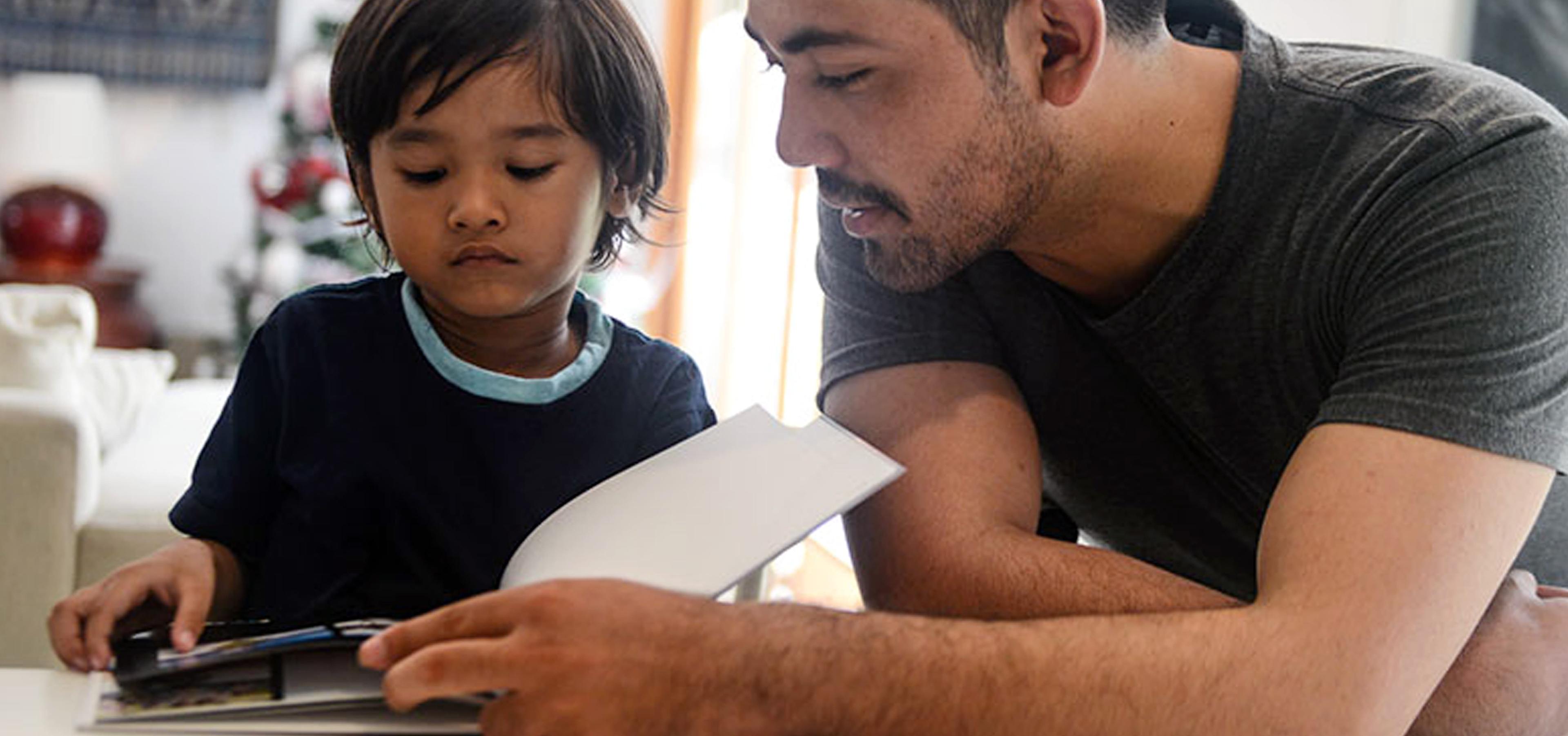As adults, we have a responsibility to communicate with children in a way that is clear, respectful, and engaging. Whether we are parents, teachers, or other caretakers, it is important to consider the unique needs and perspectives of children when we speak to them.
Speak in a Clear and Simple Way
When speaking to children, it is important to use clear and simple language. Avoid using complex vocabulary or overly technical terms that might be difficult for children to understand. Instead, use language that is appropriate for their age and development level. Use shorter sentences and break down complex ideas into smaller parts to make them easier to understand.

Be Respectful and Listen to Them
Just as we expect children to be respectful to us, it is equally important that we show them respect in return. This means listening to them when they speak, even if what they have to say seems trivial or unimportant. Give them your full attention and make eye contact when speaking to them. Avoid interrupting them or dismissing their concerns. Acknowledge their feelings and opinions, even if you don't necessarily agree with them.
Engage Them in Conversation
Engaging children in conversation is a great way to encourage them to speak up and share their thoughts and feelings. Ask them open-ended questions that require more than just a yes or no answer. For example, instead of asking, "Did you have a good day at school?" ask, "What was the best part of your day at school today?" This gives them an opportunity to share more about their experiences and feelings.
Use Positive Reinforcement
Positive reinforcement is an effective way to encourage children to continue positive behaviours. When they do something well or behave appropriately, acknowledge and praise them for it. For example, if a child shares a toy with a sibling or friend, you could say, "That was really kind of you to share your toy. You're such a good friend/sibling." This positive feedback can help reinforce good behaviour and encourage them to continue it in the future.
Use Visual Aids
Visual aids can be a great way to engage children in conversation and help them understand complex ideas. For example, if you're explaining how the solar system works, you could use a diagram or a picture to help them visualise the planets and their orbits. Similarly, if you're teaching children how to count, you could use counting blocks or pictures of animals to help them understand the concept.
Effective communication with children requires us to be clear, respectful, engaging, and sensitive to their unique needs and perspective. This will help build strong, positive relationships with the children in our lives, and help them to grow and develop into confident and capable individuals.

